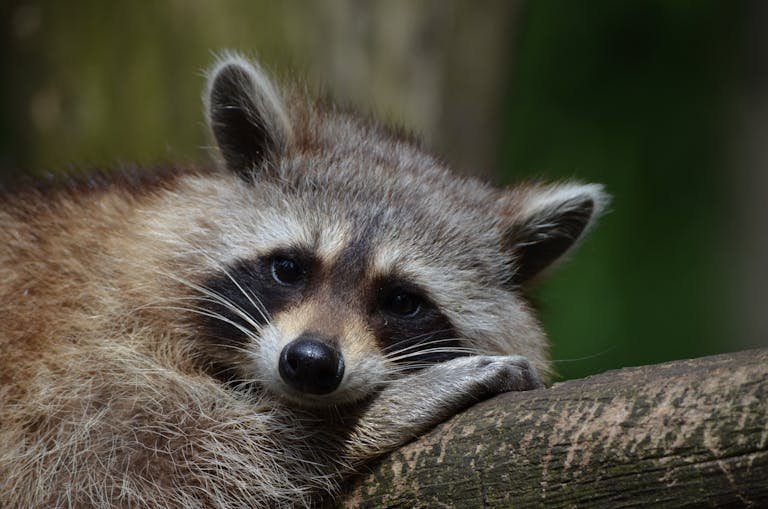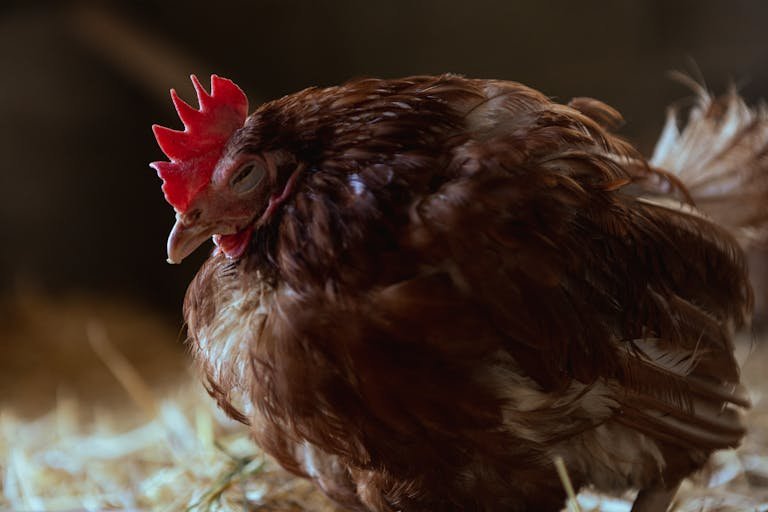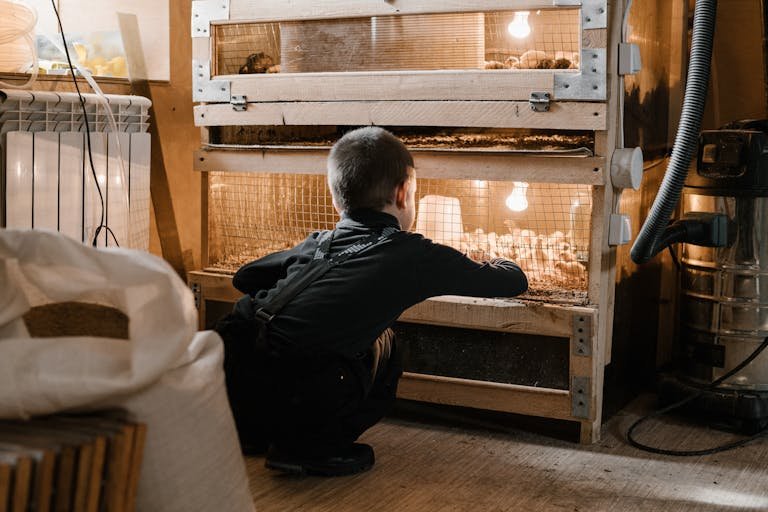Chick or Rooster? The Ultimate Guide

Sexing chicks can be very hard to sex particularly during their early stages of growth and development. There are several ways through which the sex of a chick can be determined; however, some are more accurate than others, and they usually involve observation of the chick at different moments. It is helpful for those who keep chickens to identify between a rooster and a hen during the early stages of rearing to enable proper planning for the flock, for egg laying or breeding.
In this blog post, I’ll guide you through the main techniques of How to Tell if a Chick is a Rooster and signs that will point toward the fact that your chick is a rooster. Ideally, it is better to be able to tell early on so that effective management of the flock can be done.
Methods for Sexing Chicks

Vent Sexing
Vent sexing is a better method, and less tricky, but may need some experience. This includes physical assessment of the external genitalia of a chick through observation of the sex organ known as the vent or cloaca.
How Vent Sexing Works
- Inspect the Vent: Carefully examine the chick’s vent (located near the tail).
- Look for a Bump: While the males exhibit a small tubercle or growth in the vent, the females do not.
- Experience Required: This method is usually performed by specialists; it may be very difficult to distinguish between male and female pups.
Accuracy
- Accuracy: Vent sexing can be very accurate, but it requires significant expertise. Hatcheries often use this method because of its reliability.
- When to Use: Vent sexing is done at 1 day old but should only be attempted if you have the proper training.
Physical Characteristics
One of the simplest methods you can use to determine whether a chick is a rooster is to determine if the chick has certain distinct physical characteristics. Here are several traits that distinguish roosters from hens:
Comb and Wattles
- Roosters: Males generally grow bigger and more distinct comb and wattles which are fleshy feathers present above the head and under the beak respectively.
- Hens: Female chickens are said to be quite different from roosters in that their combs and wattles are not as prominent as the latter.
- When to Observe: It is around the 6th to the 8th week when you will be able to observe these changes more vividly.
Tail Feathers
- Roosters: Roosters typically develop longer and more pointed tail feathers known as “sickle feathers.” These feathers become noticeably longer as they get older.
- Hens: Hens, however, have proportional but relatively shorter and rounder tail feathers compared to roosters.
- Timing: Physical changes may become noticeable in tail feathers at about 10 weeks of age.
Hackle Feathers
- Roosters: Roosters are predisposed to the development of longer, thinner hackle feathers, which are located on the neck.
- Hens: Hens’ hackle feathers are generally shorter and more rounded.
- When to Notice: Such differences are often observed within 12 weeks.
Body Size
- Roosters: As a rule, roosters are larger than hens, though there are many examples of miniature roosters and gigantic hens.
- Hens: Cockerels on the other hand are slightly larger with a slimmer body structure.
- Observation Period: Sensual size differences can be seen when chicks are between 10 and 12 weeks old or at the point of sexual maturity.
Spurs
- Roosters: Male chicks will also grow spurs on their legs. These are rigid spines formed from ossified epidermal appendages used in protection.
- Hens: Hens do not have spurs.
- Timing: Spurs may start at 4-6 months, so it is more of a marker at a certain level of development.
Read Also: Black Jersey Giants: The Ultimate Backyard Flock Guide
Behavioral Differences
Another way to determine is to see how a chick behaves; this will determine if it is a rooster. Males have distinct behavior from females and this is important in differentiating them in this case we have the roosters and the hens.
Crowing
- Roosters: Roosters are known to make sounds, especially the crowing sound which is perhaps one of the unique characteristics of roosters. Roosters begin to crow at the age of four to five months.
- Hens: Hens do not crow. If you hear crowing from your flock, you can be almost certain that you’ve got a rooster.
- Caution: Some hens are known at times to produce some sound that more or less sounds like the crow of a rooster but they are softer in sound production.
Mounting Behavior
- Roosters: Mounting behavior in roosters is normally noticed as the animals mature. It tries to copulate with a hen, by using its genital organ to dominate the hen.
- Hens: Hens do not exhibit this behavior.
- When to Observe: This may occur from 4 months, though this depends on the baby because some babies may display this behavior from birth.
Aggression
- Roosters: Roosters are bigger as compared to hens and are more aggressive. These birds are aggressive when it comes to matters about their flock and will defend it from anything they consider a threat.
- Hens: Female chickens or hens are commonly less aggressive and are easy to handle.
- Timing: Aggressive behavior can start as early as 3 to 4 months.
Factors That Affect Sexing Accuracy

Sometimes, sexing chicks can be complicated. Here are a few factors that can influence your ability to tell whether a chick is a rooster:
Breed
- Some Breeds Are More Difficult to Sex: Some breeds of chickens are more difficult to sex, particularly those chicken breeds that have almost the similar physical characteristics of both their male and female counterparts.
- Breeds with Clear Differences: Breeds such as Rhode Island Red or Leghorn will have noticeable differences in their comb, wattles, and body conformation that aid in telling the male from the female.
Age
- Young Chicks: It’s harder to have sex with chicks when they are very young. Most physical characteristics and behavioral differences start to show at around 4 to 6 weeks old.
- Older Chicks: The differences between roosters and hens become more observable when the chick reaches 10 to 12 weeks of age.
Key Indicators That Your Chick Is a Rooster
To help you easily identify if your chick is a rooster, I have summarized the key indicators below:
- Comb and Wattles: Roosters have larger fleshy crowns or combs and dangling fecal pads or wattle which grow larger as the birds age.
- Tail Feathers: When fully grown, males of this species grow long sharp tail feathers called sickle feathers.
- Hackle Feathers: Roosters have long and pointed feathers on the neck which are known as hackle feathers, but the hackle feathers of hens are short and curved on the tip.
- Body Size: Roosters are larger and stronger in build than hens and they usually weigh more.
- Spurs: Roosters develop spurs on their legs; hens do not.
- Crowing: Roosters begin to crow between the ages of 4 to 5 months.
- Mounting: Mounting behavior is observed in roosters once they reach the age of sexual maturity.
- Aggression: Roosters are more aggressive and territorial compared to hens.
Read Also: Fancy Feather Foot Chickens: 10 Adorable Breeds
Conclusion
There are several things to consider when deciding if a chick is a rooster or a hen and the best way to approach it is to observe both the physical and the behavioral characteristics of the chick in question. Even the simple traits can be distinguished from the beginning, others are noticeable once the chick has developed. Of course, it’s easiest and most accurate to do so when they are a few months old when you will notice their combs, wattles, and behaviors. The vent sexing by a professional is fast and very accurate if you are looking for a very fast method of sexing the vent.
Now that I have shared with you a few tips on how to tell whether your chick is a boy or a girl, you should be able to point out the gender of your little chick. You just have to sit back and watch for a while.





